
Everyone wants a comfortable home. A significant part of this comfort comes from maintaining even temperatures inside. For example, the temperature in one room shouldn’t vary from the next room. If there are hot and cold spots in house, you experience discomfort and unease. The good news is that central HVAC systems are designed to ensure that all rooms in your home have a balanced and stable temperature. When your HVAC unit doesn’t achieve this, you must try to find ways to remove hot-cold spots in your home.
Are there hot and cold spots in your house? Keep reading to learn more about them and the reasons behind them. This article also includes the best methods to regulate your home temperature.
Causes of Cold And Hot Spots In Your Home
Table of Contents
Several problems can cause hot and cold spots in your home. When you understand how these issues occur, you can determine the root cause and find out how to remove cold-hot spots in the house. Here are several of the common reasons you have an air balance issue:
How Your Home Is Built
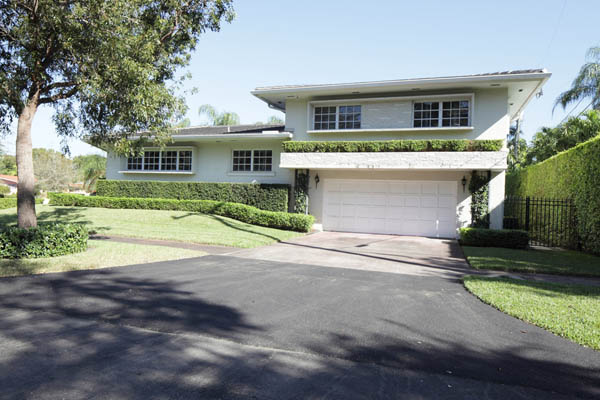
A home design that makes airflow more challenging means that some areas are likely to experience cold spots while others feel warm. Another reason is that your home may not have an HVAC zoning system, which significantly helps in keeping an even and constant temperature in certain areas.
HVAC zone creation lets you have better control over your home’s temperature. You can independently decrease and increase temperatures in specific zones so everyone’s comfort needs are met.
Your HVAC Ductwork Installation
The ducts significantly affect how well you can cool or heat your home. Two situations can have the ductwork causing hot and cold areas around your home:
- Incorrect ductwork system size
- Incorrect duct system design
Older homes are likely to have either of these situations. This is because older houses may have ducts that are not energy-efficient anymore and cannot handle the demands of new technology. These can also lead to ductwork leaks.
Blocked HVAC Air Vents Or Restricted Airflow
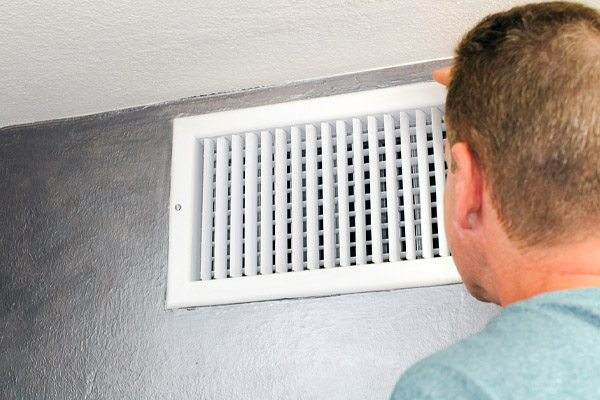
You are not alone in finding ways to balance heat in a two-floor home. You may have a high-performing and highly efficient HVAC system in your home but still, have uneven temperatures if you have restricted airflow or blocked vents. If something keeps the air from flowing smoothly, some areas around your home may feel colder or warmer than they should.
Solar Heat Gain
Although you have a well-maintained system, you may still encounter hot and cold areas if your home experiences solar heat gain. This occurs in regions that get a lot of sunlight during the day. If your home has damaged, older, or low-efficiency windows, more heat and light will get in your home. This impacts how well your HVAC unit can keep your home comfortable.
Bad Thermostat Location
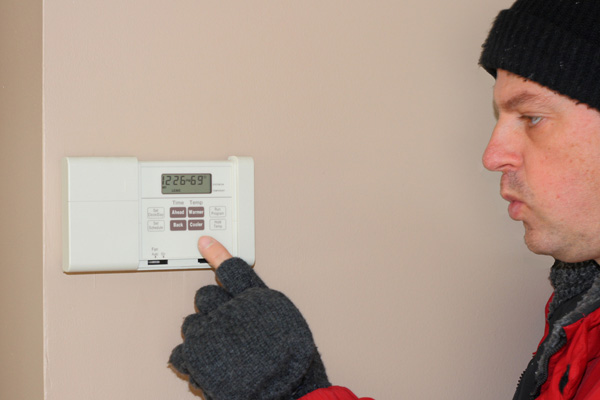
A thermostat installed in direct sunlight means the sun’s heat will impact the thermostat’s capacity to read temperatures properly. It will end up making incorrect temperature adjustments. The same is true for thermostats near lamps or installed in drafty areas.
Air Leaks
Air leaks are known to cause hot and cold spots around your home. Air can escape outside through cracks, holes, joint gaps, and damage along the area where ceilings and walls meet. This can have a significant impact on a room’s temperature.
HVAC Equipment Is The Wrong Size
HVAC system sizing is crucial. HVAC size is the HVAC system’s capacity to cool or heat a home based on its size. An incorrect HVAC system size that is either too small or too large for your home will cause severe inefficiency. You will also have to deal with problems such as uneven temperatures, poor indoor air quality, high humidity, and short cycling.
Ways To Eliminate Hot And Cold Spots
The good news is that hot and cold spots can be fixed. Some repairs are also easy and cheap. Here are several of the common solutions you can do:
Ensure There Are No Blocked Vents
Check all the HVAC vents around your home to ensure nothing is directly in front or over them. Obstructions may include solid objects like plants and furniture. These can impact the airflow and prevent your system from adequately circulating cooled or warmed air. This is also true if the vents are closed. Be sure that all the air vents around your home are open. Relocate, reposition, or remove any objects so the air can flow freely.
Search For Drafts
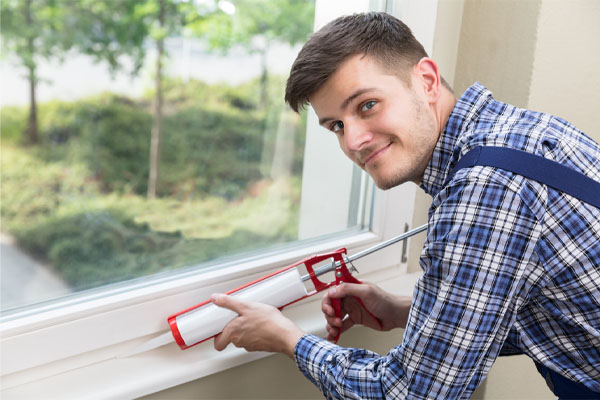
Drafts can result in hundreds of dollars in energy costs annually. Gaps, cracks, and holes around your home allow outdoor air in and indoor air to escape, causing problems to your system. Find the likely sources of drafts in doors, windows, and joints and get these fixed immediately.
Consider Your Insulation
You may live in an older home or have outdated insulation. If so, consider getting them checked to determine if they are causing temperature fluctuations around your home. Some insulation materials don’t last as long as other types, which can be why the temperature in the basement is different than that on the main floor, for instance, or you have a warmer living room and colder kitchen.
Use Zoning and Good Thermostats
Zoning is an effective method of getting rid of cold-hot spots. It lets you decrease or increase the temperature in specific rooms so everyone can enjoy a comfortable and balanced home that matches each preference. Consult an HVAC contractor regarding your zoning options. Inquire about ductless mini-split systems as well. Consider installing a smart thermostat for your system so you can automate temperature adjustments as necessary.
Schedule HVAC Maintenance Regularly
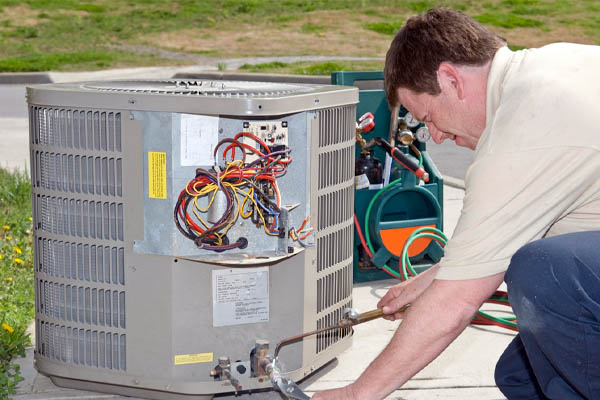
Homeowners typically ignore heating and cooling maintenance until their system begins having problems. Having an HVAC tune-up once a year helps identify potential issues early and resolve them.
Keep Your HVAC Air Filters Clean
If your home feels colder than what the thermostat indicates or if warm spots are present in rooms that should be cool, your HVAC system may have inefficient airflow. A clogged filter is one of the most common reasons behind problematic airflow. Therefore, check the air filters once a month and clean or replace them. Clean air filters enhance indoor air temperature and keep indoor air pollutants from increasing.
Use Window Coverings
The simplest and cheapest method to repair hot and cold spots inside your home is to utilize window treatments. Blinds and curtains can assist in controlling how much sunlight gets inside your home. This way, your HVAC system doesn’t have to work harder than needed to maintain the indoor temperature.
Conclusion
It doesn’t need to be a complex process to resolve hot-cold spots around your home. In most cases, the problems aren’t as severe as many homeowners worry them to be. Some key and simple steps are needed to resolve these problems. Having a good balance in indoor air, specifically the airflow, direction, and temperature, helps keep indoor temperatures at a level that keeps your family comfortable.
Call Skylands Energy Service For All Of Your HVAC Requirements
 Skylands Energy Service provides top-quality HVAC services in the area. We have the best, highly-certified technicians who can perform excellent heating and cooling services, including AC tune-ups, ductless mini-split repairs, furnace installations, and more. All our techs have the proper tools, expertise, and years of experience to service your HVAC system correctly. Rest assured, we can find the best home comfort solutions to help you achieve your comfort goals.
Skylands Energy Service provides top-quality HVAC services in the area. We have the best, highly-certified technicians who can perform excellent heating and cooling services, including AC tune-ups, ductless mini-split repairs, furnace installations, and more. All our techs have the proper tools, expertise, and years of experience to service your HVAC system correctly. Rest assured, we can find the best home comfort solutions to help you achieve your comfort goals.
When you work with Skylands Energy Service, you can be sure that you are in good hands. We have highly competitive HVAC service prices, and all our work is guaranteed. Our heating and cooling services prioritize comfort, energy efficiency, indoor air quality, and more. Call Skylands Energy Service today to schedule an appointment for a free, in-home estimate.
Contact us now at (908) 707-1776 to find out more! Click the link to view our service area.

